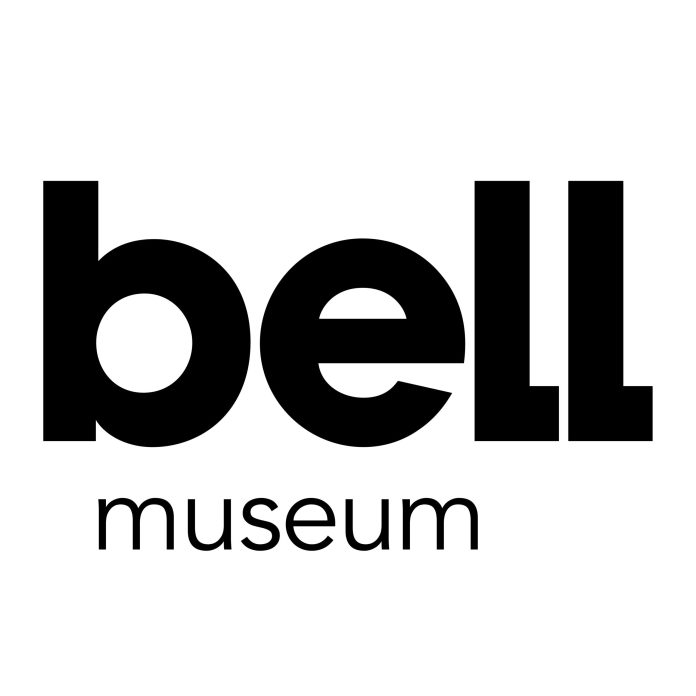Minnesota’s Bell Museum, long celebrated as the state’s official natural history museum, has embraced a powerful blend of tradition and technology with the recent enhancements to its planetarium offerings. Founded by the legislature in 1872 and managed by the University of Minnesota, the museum serves as a custodian of Minnesota’s rich natural history. Its dedication to education and interpretation spans generations, and over the years, it has continuously evolved to incorporate the latest advancements in immersive storytelling and scientific presentation. The museum’s integration with the Minnesota Planetarium Society, which operated the state’s largest public planetarium from 1950 to 2002, set the stage for a new era when the Bell Museum opened its new facility in 2018, housing the Whitney and Elizabeth MacMillan Planetarium.
This new home for the planetarium features a cutting-edge 16-meter (52-foot) dome complemented by a Christie Griffyn 4K35 projection system. Since 2017, the Bell Museum has been pushing the boundaries of fulldome content by producing world-class, award-winning planetarium films. Such an integration of historic mission and future-facing technology makes this an exciting development within the fulldome community and the broader immersive media world.
The Bell Museum “is the home to the Whitney and Elizabeth MacMillan Planetarium, with a 16M (52ft) dome and a Christie Griffyn 4K35 projection system,” providing a high-impact venue for visually stunning astronomical and natural history experiences. The museum’s efforts illustrate how technology enhances educational outreach, as it “began producing world-class, award winning planetarium films in 2017 and has continued to push the boundaries of planetarium production.” This evolution reflects a committed vision to meld scientific discovery with immersive storytelling in a format that invites learners of all ages into a shared journey through space and history.
At the core of the Bell Museum planetarium’s innovation is the Christie Griffyn 4K35 system, a projection powerhouse pronounced for its exceptional image quality and bright, vibrant visuals. The 4K resolution across the expansive 16-meter dome creates a sense of scale and presence that conventional theaters cannot match. This technically advanced system leverages next-generation rendering pipelines capable of managing high pixel counts with smooth frame rates, crucial for maintaining the immersive quality that fulldome presentations require. The dome master workflow — which optimally maps visuals onto the curved dome surface — ensures that images remain distortion-free and perfectly aligned, enhancing viewer engagement by preserving visual fidelity from every angle.
By intertwining the planetarium’s digital projection capabilities with the museum’s storytelling mission, the Bell Museum sets a precedent for how immersive spaces can redefine science communication. The museum’s move into producing original fulldome content positions them to creatively explore cutting-edge techniques such as real-time rendering and potentially XR (extended reality) integration, which are gaining traction in immersive media production. The emphasis on sound design also plays a vital role in rounding out the sensory experience, making each planetarium show a fully enveloping journey rather than just a visual spectacle.
The Bell Museum’s advancements hold particular significance for the fulldome sector, showcasing how technological upgrades can transform not only how content is shown but also how it is conceived and created. Filmmakers and educators can now envision new narratives that exploit ultra-high resolution projections and sophisticated mapping tools to convey complex ideas in visually compelling ways. For venues, such technology upgrades invite expanded programming possibilities—from dynamic planetarium shows to hybrid experiences blending natural history with astronomy, thereby broadening audience appeal.
Despite these compelling opportunities, adoption barriers remain, including the cost of premium projection systems and content development. Yet, as institutions like the Bell Museum demonstrate success in integrating such technologies with their public missions, it paves the way for broader industry acceptance. Their work underscores that fulldome platforms are not just about immersive entertainment; they are evolving into powerful tools for education, awareness, and inspiration.
In sum, the Bell Museum’s newly revitalized planetarium facilities embody a forward-looking vision for immersive media in natural history and astronomy education. By investing in top-tier projection and original content production, they have crafted a fulldome experience that elevates storytelling and science communication alike. This blend of tradition, technology, and creativity signals a vibrant future for fulldome innovators, content creators, and audiences eager to explore the universe from a captivating 360-degree perspective.
Originally reported by Bell Museum via www.fddb.org on 2025-10-29 09:15:00.
Read the full original article here: www.fddb.org


